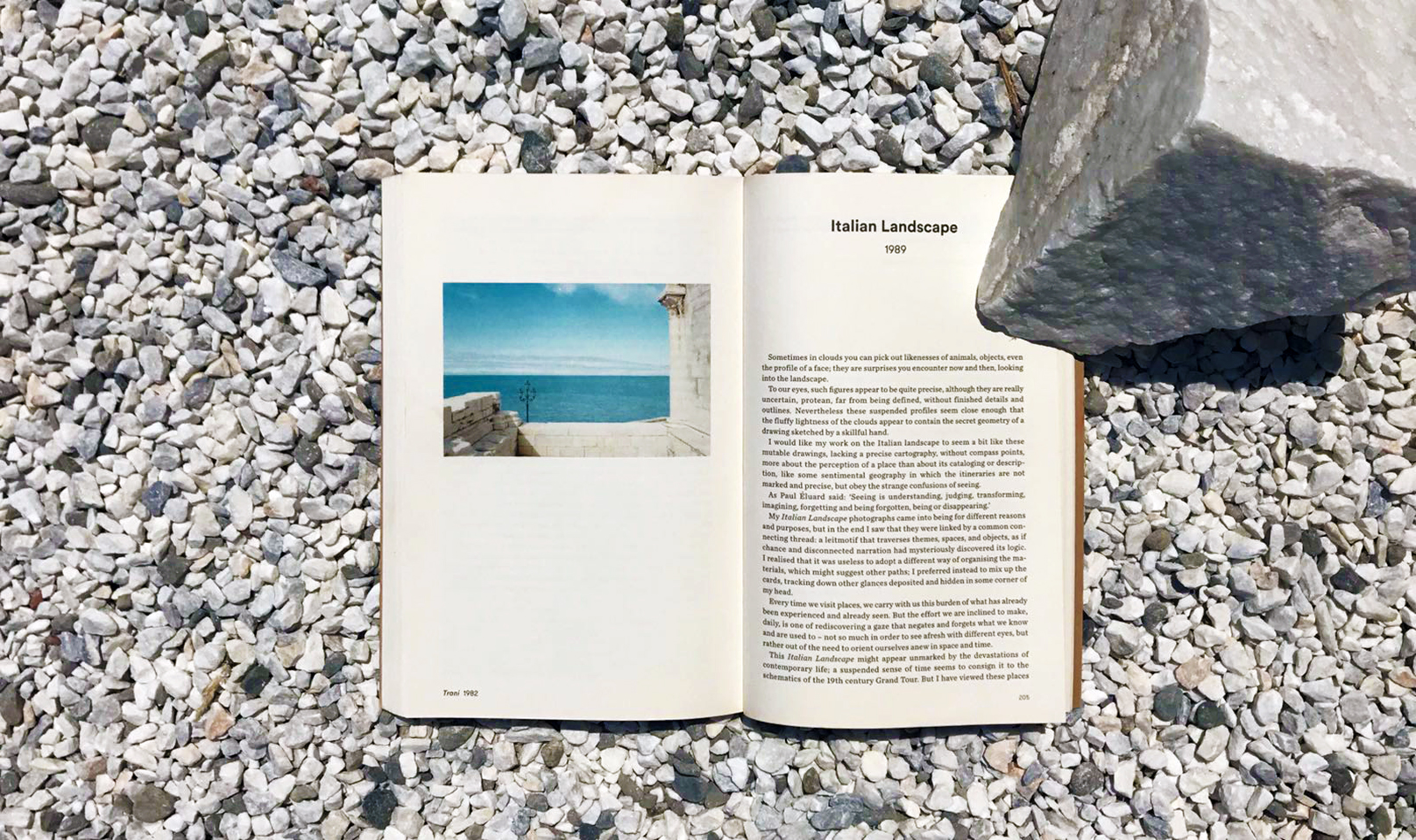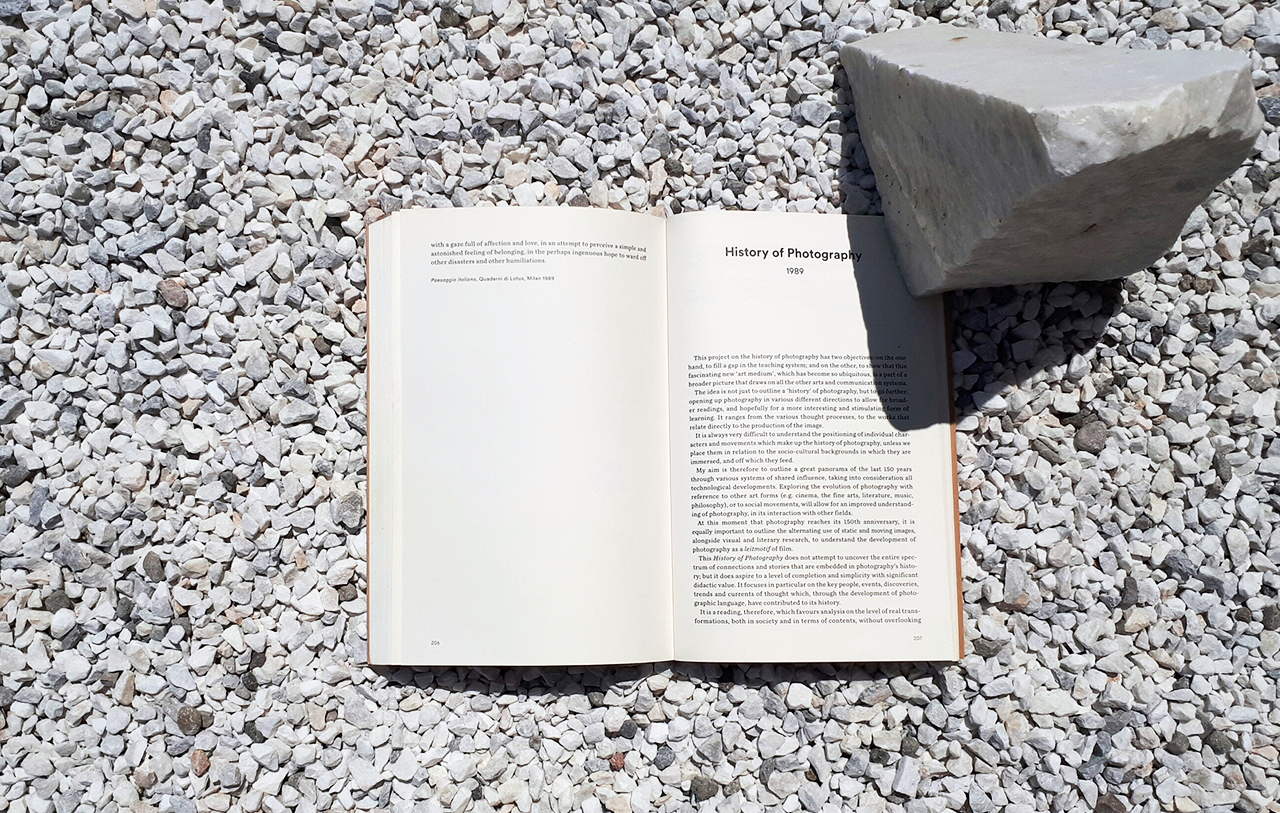Sometimes in clouds you can pick out likenesses of animals, objects, even the profile of a face; they are surprises you encounter now and then, looking into the landscape.
To our eyes, such figures appear to be quite precise, although they are really uncertain, protean, far from being defined, without finished details and outlines. Nevertheless these suspended profiles seem close enough that the fluffy lightness of the clouds appear to contain the secret geometry of a drawing sketched by a skillful hand.
I would like my work on the Italian landscape to seem a bit like these mutable drawings, lacking a precise cartography, without compass points, more about the perception of a place than about its cataloging or description, like some sentimental geography in which the itineraries are not marked and precise, but obey the strange confusions of seeing.
As Paul Éluard said: ‘Seeing is understanding, judging, transforming, imagining, forgetting and being forgotten, being or disappearing.’
My Italian Landscape photographs came into being for different reasons and purposes, but in the end I saw that they were linked by a common connecting thread: a leitmotif that traverses themes, spaces, and objects, as if chance and disconnected narration had mysteriously discovered its logic. I realised that it was useless to adopt a different way of organising the materials, which might suggest other paths; I preferred instead to mix up the cards, tracking down other glances deposited and hidden in some corner of my head.
Every time we visit places, we carry with us this burden of what has already been experienced and already seen. But the effort we are inclined to make, daily, is one of rediscovering a gaze that negates and forgets what we know and are used to not so much in order to see afresh with different eyes, but rather out of the need to orient ourselves anew in space and time.
This Italian Landscape might appear unmarked by the devastations of contemporary life; a suspended sense of time seems to consign it to the schematics of the 19th century Grand Tour. But I have viewed these places with a gaze full of affection and love, in an attempt to perceive a simple and astonished feeling of belonging, in the perhaps ingenuous hope to ward off other disasters and other humiliations.
Luigi Ghirri, “Paesaggio Italiano, Quaderni di Lotus” Milan 1989, published in Luigi Ghirri, The Complete Essays, 1973-1991, Mack, London 2016.



